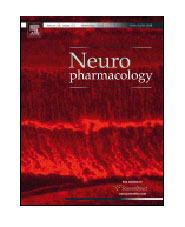
“Cannabinoids apparently act on inflammation through mechanisms different from those of agents such as nonsteroidal anti-inflammatory drugs (NSAIDs).
As a class, the cannabinoids are generally free from the adverse effects associated with NSAIDs. Their clinical development thus provides a new approach to treatment of diseases characterized by acute and chronic inflammation and fibrosis.
A concise survey of the anti-inflammatory actions of the phytocannabinoids Δ9-tetrahydrocannabinol (THC), cannabidiol, cannabichromene, and cannabinol is presented.
The endogenous cannabinoids, including the closely related lipoamino acids, are then discussed.
The review concludes with a presentation of a possible mechanism for the anti-inflammatory and antifibrotic actions of these substances.
Thus, several cannabinoids may be considered candidates for development as anti-inflammatory and antifibrotic agents.
Of special interest is their possible use for treatment of chronic inflammation, a major unmet medical need.”





